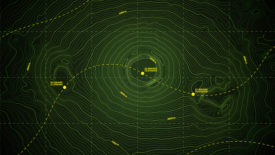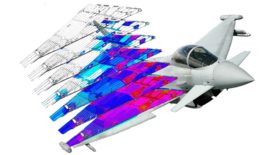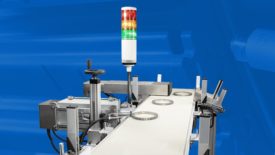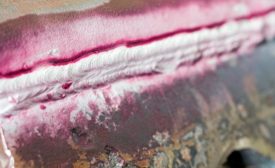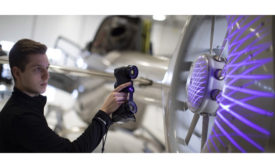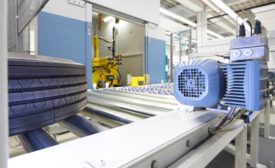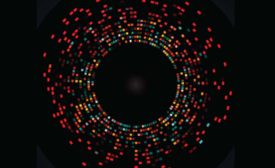Home » non destructive testing
Articles Tagged with ''non destructive testing''
ASNT Column | Muriel Magloire
NDT plays a major role in preventing disasters and upholding safety standards.
Read More
Test & Inspection
Phased array ultrasonic testing (PAUT)
Phased array ultrasonic inspection has become an indispensable tool in the aerospace industry, contributing to the safety and reliability of aircraft components.
December 31, 2023
Quality 101
Nondestructive Testing Using the Resonance Acoustic Method
RAM is a volumetric approach and evaluates the whole part, both for internal and external structural flaws, metallurgical deviations, and consistency.
December 15, 2022
NDT Trends
Nondestructive Testing (NDT) Trends
Manual means of performing NDT and human evaluation of the results is trending more and more to automated, digitized and artificial intelligence interpretation of the results whenever economically possible.
October 10, 2022
NDT | Ultrasonics
Automated Inspection of Wind Blades Using a Collaborative Robot
Improve the nondestructive inspection workflow using the latest technology.
April 1, 2022
How 3D Scanning Solution Boost Quality Gains and Productivity
The key to being successful with automated measuring solutions is to simplify the deployment.
November 9, 2021
Aerospace | NDT Service
Why Service Matters When Purchasing an NDT Inspection System
Selecting a service plan should go hand in hand with the system purchase.
July 1, 2021
From the Editor | Darryl Seland
Speaking the same language
Choosing your words and everything else, wisely.
March 5, 2021
Sponsored Content
Seeing is Believing: 2D and 3D X-ray Technologies for Nondestructive Testing
July 1, 2019
Stay in the know with Quality’s comprehensive coverage of
the manufacturing and metrology industries.
eNewsletter | Website | eMagazine
JOIN TODAY!Copyright ©2024. All Rights Reserved BNP Media.
Design, CMS, Hosting & Web Development :: ePublishing
